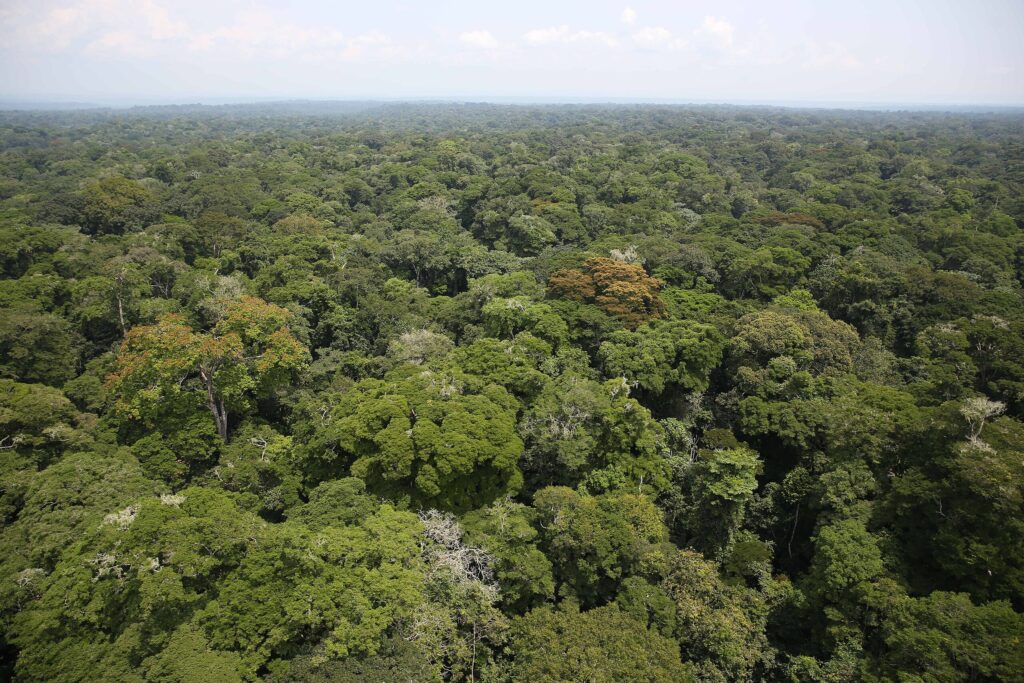Ituri Forest | facts, Location, things to do
The Ituri Forest is a dense tropical rainforest situated on the northeastern edge of the Congo River basin in the Democratic Republic of the Congo. The Ituri is located between 0° and 3° N latitude and 27° and 30° E longitude, with its geographic boundaries, particularly in the southern and western regions, being inadequately delineated. The Ituri is bordered to the north and northeast by savanna, to the east by the lush highlands of the Western Rift Valley, and to the south and west by lowland rainforest, where its rivers flow into the Congo River. The Ituri Forest encompasses an area of approximately 24,300 square miles (62,900 square kilometers). The forest, populated by Bantu-speaking and Pygmy populations, derives its name from the Ituri River, which traverses the forest east-west into the Aruwimi River and then into the Congo.

For numerous centuries, inhabitants of the Ituri have engaged in a method of agriculture that involves clearing and incinerating the forest, cultivating their crops, and subsequently relocating after several years to permit the forest to rejuvenate over an extended fallow period.
Located along the forest-savanna boundary, the fauna of Ituri encompasses not just species characteristic of the African equatorial forest but also forms, such as the hyena, often associated with open savanna environments. The most prominent species is the woodland giraffe, known as the okapi, which is indigenous to the Ituri region. Several forest antelopes comprise five species of duiker, the water chevrotain, and the pygmy antelope. Leopards, genets, and mongooses constitute the primary carnivores. The elephant, buffalo, and bongo (a species of antelope) exist at sizes marginally lower than their savanna counterparts. The Ituri region harbors the most diversity of primates of any similar place globally. The many species of monkeys encompass the terrestrial anubis baboon, the leaf-eating emperor black and white colobus, and the owl-faced monkey. The sole ape is the chimpanzee. Numerous avian species have been documented; notably, the elusive Congo peacock, identified in 1936, is arguably the most renowned.
